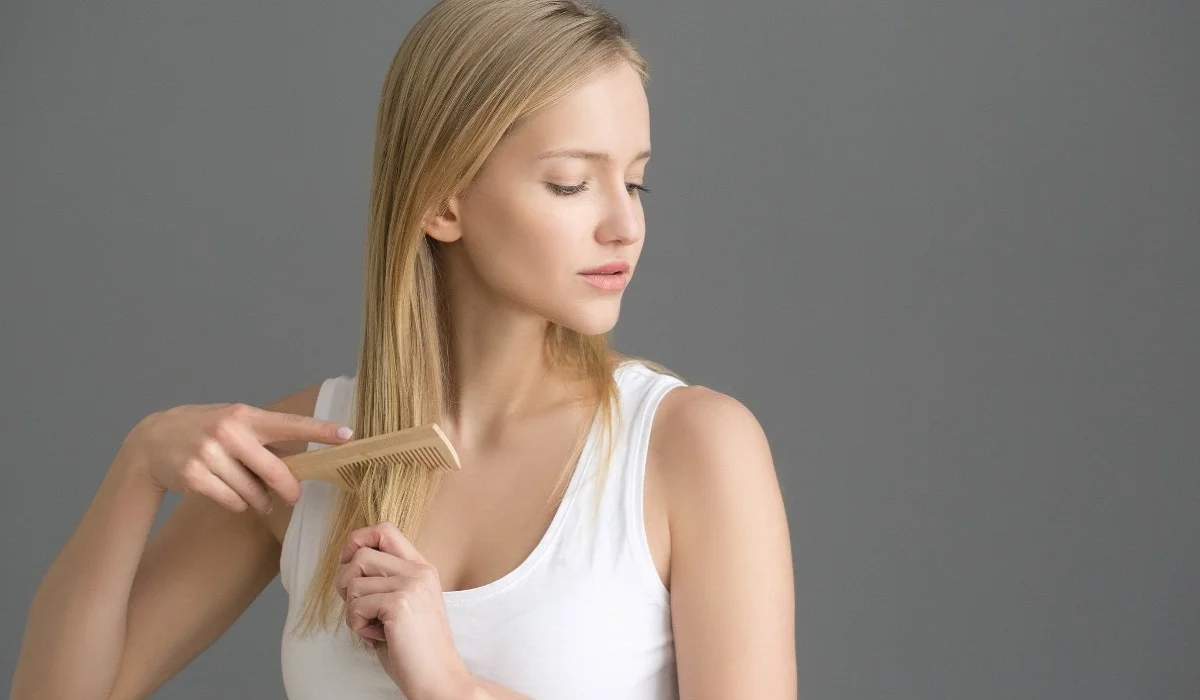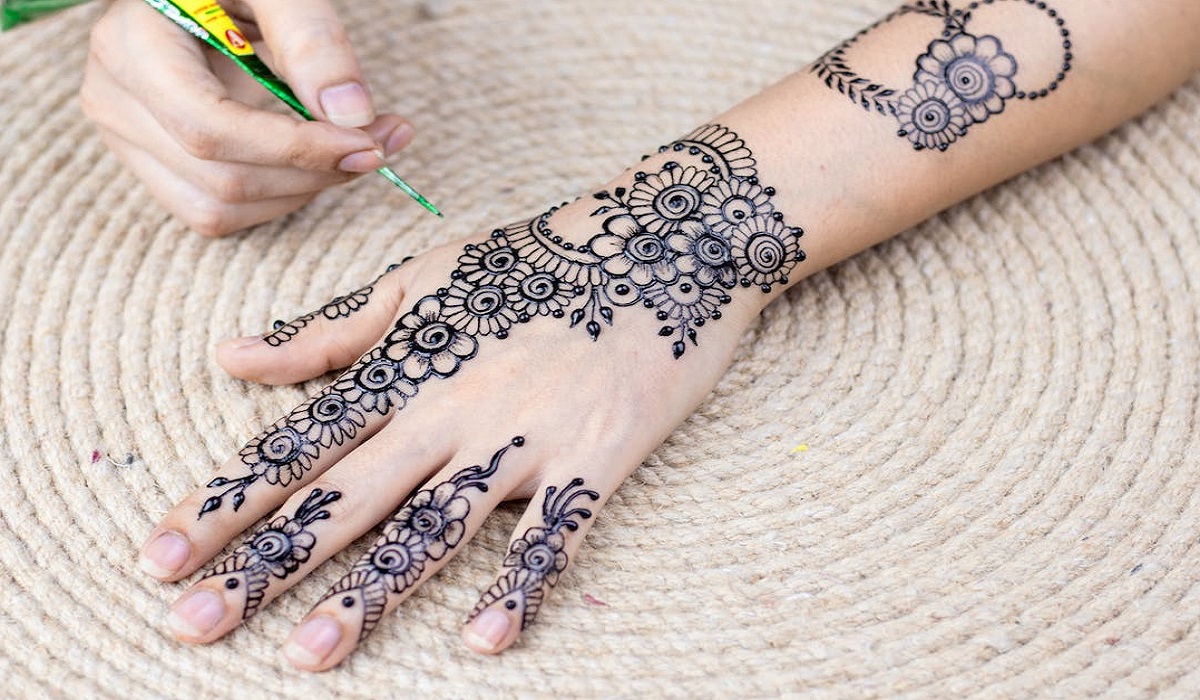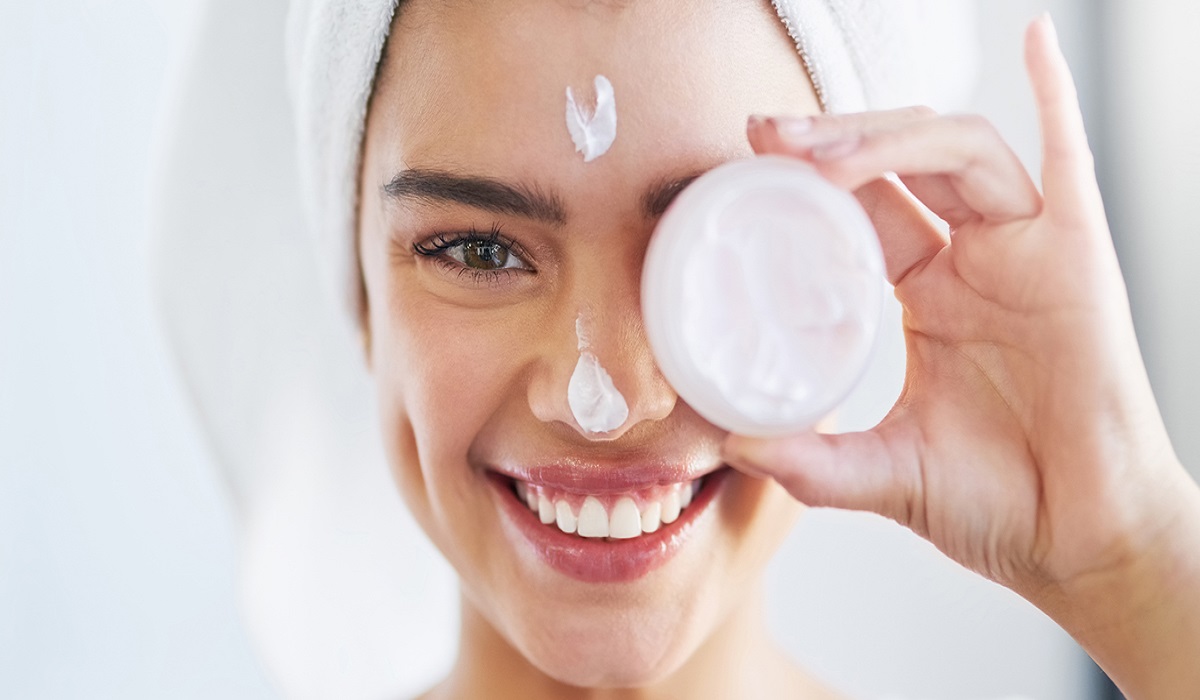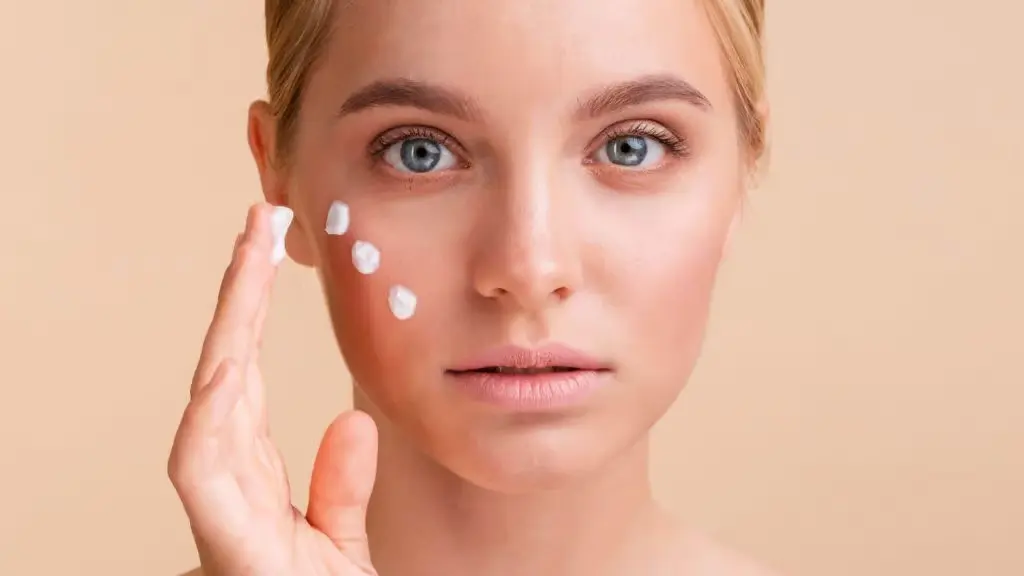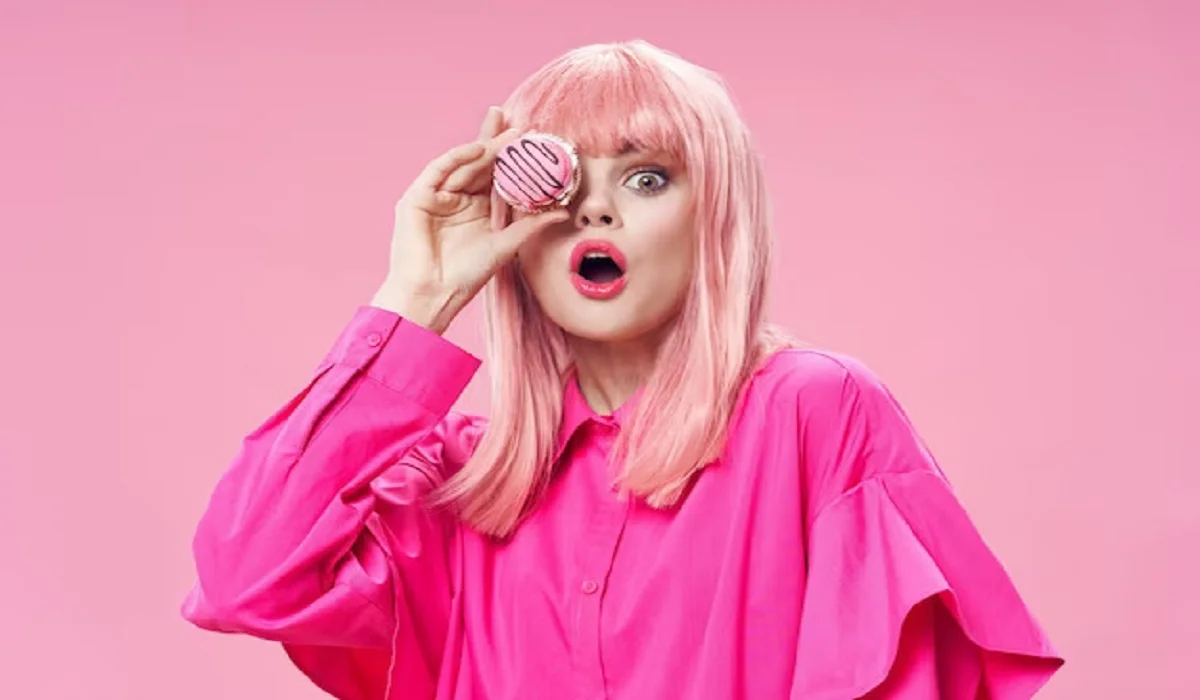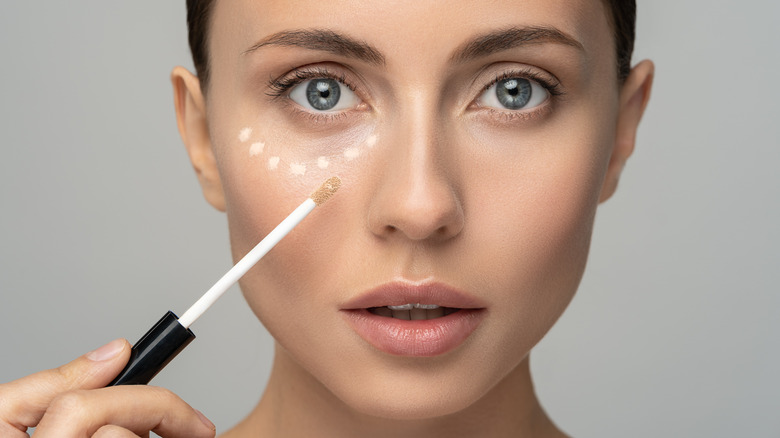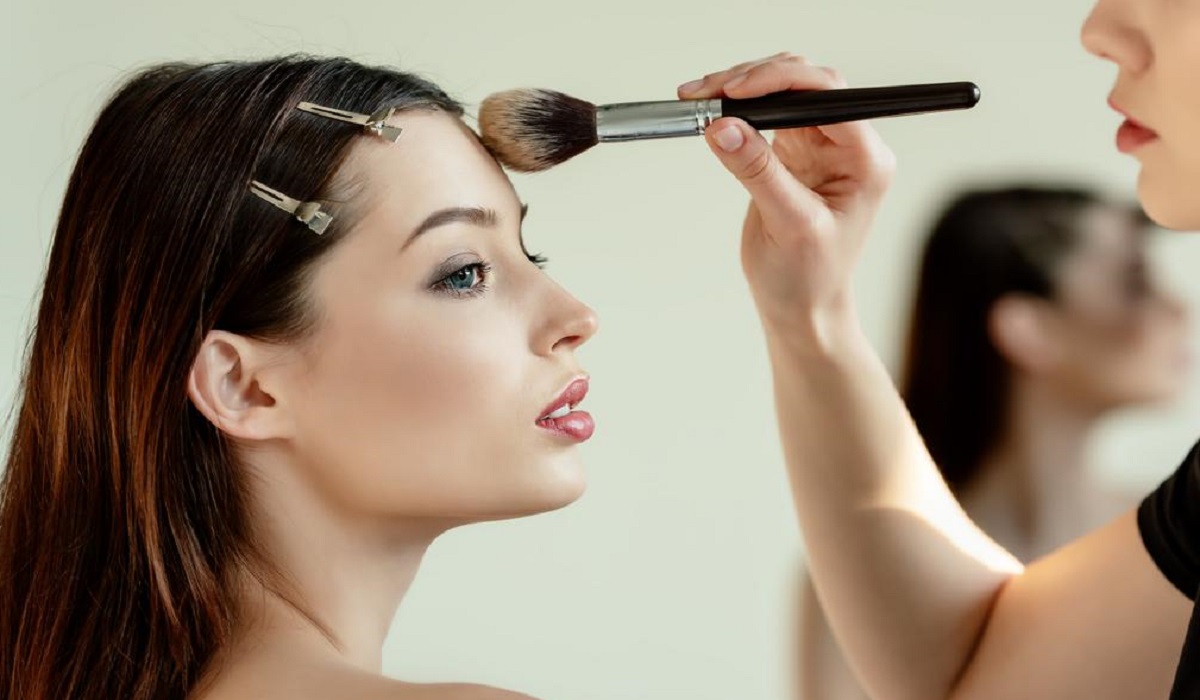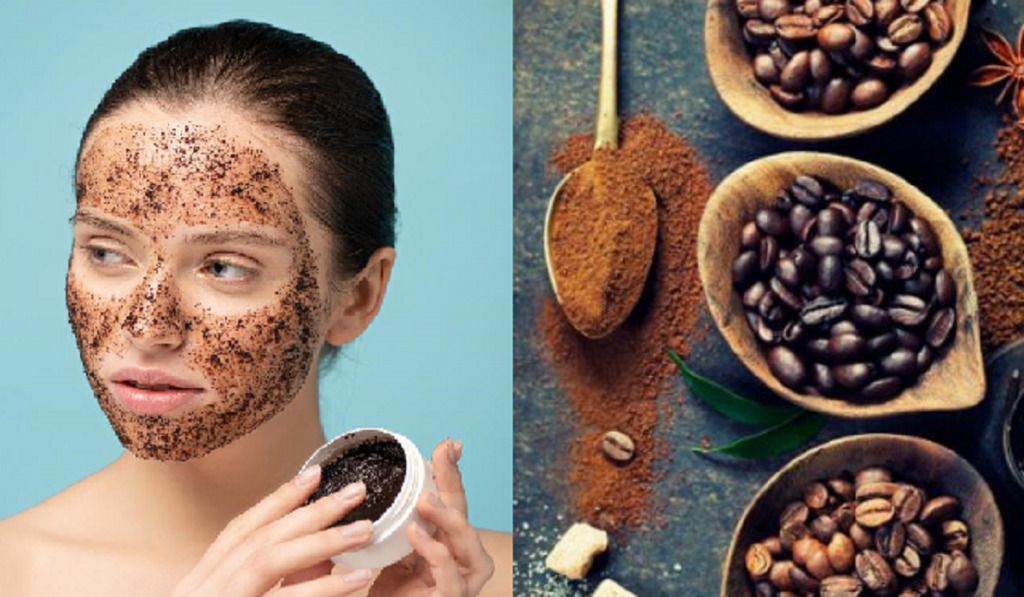
In recent years, the use of caffeine in skincare products has gained considerable attention. Caffeine, a natural stimulant commonly found in coffee, tea, and other beverages, has been recognized for its potential benefits beyond providing a morning energy boost. This article delves into the topic of caffeine in skincare, examining its purported effects, the scientific basis behind its use, and its potential applications. We will explore how caffeine works on the skin, its claimed benefits, and discuss scientific research supporting its efficacy.
Understanding the Science behind Caffeine: Caffeine belongs to a group of compounds known as methylxanthines. When applied topically, caffeine has the ability to penetrate the skin and interact with various cellular components. Its molecular structure allows it to target specific receptors, enzymes, and signaling pathways, leading to potential effects on the skin’s appearance and health.
Benefits of Caffeine in Skincare Products:
- Anti-inflammatory properties: Caffeine has been reported to possess anti-inflammatory properties, which may help soothe and calm the skin. Its potential to reduce redness, swelling, and irritation makes it a valuable ingredient in products targeting conditions like acne, rosacea, and sensitive skin.
- Antioxidant effects: As an antioxidant, caffeine can help neutralize harmful free radicals that contribute to skin damage and premature aging. By reducing oxidative stress, caffeine may aid in protecting the skin against environmental aggressors such as UV radiation and pollution.
- Skin firming and tightening: Caffeine has been suggested to have a temporary firming and tightening effect on the skin. It works by constricting blood vessels, which can temporarily reduce the appearance of puffiness and fine lines. Additionally, caffeine may promote collagen production, aiding in maintaining skin elasticity.
- Depuffing and reducing dark circles: Due to its ability to constrict blood vessels, caffeine can help reduce under-eye puffiness and diminish the appearance of dark circles. When applied topically, caffeine may promote better blood circulation and fluid drainage, leading to a refreshed and revitalized appearance.
Scientific Studies and Evidence: Several scientific studies have investigated the effects of caffeine in skincare. For instance, a study published in the Journal of Investigative Dermatology found that caffeine applied topically can help protect against UV-induced skin damage and even potentially reduce the risk of skin cancer. Other studies have reported positive outcomes in terms of reducing cellulite, improving wound healing, and reducing the appearance of fine lines and wrinkles.
Application and Considerations: Caffeine can be found in a variety of skincare products, including creams, serums, eye gels, and masks. When choosing caffeine-infused products, it is essential to consider factors such as the concentration of caffeine, additional active ingredients, and compatibility with your skin type. Patch testing is advisable, especially for those with sensitive or allergy-prone skin.
Caffeine, when incorporated into skincare formulations, holds promise for various benefits, including anti-inflammatory effects, antioxidant protection, skin firming, and reduction of puffiness and dark circles. While scientific research supports many of these claims, it is important to note that individual results may vary. As with any skincare ingredient, understanding your skin’s specific needs and consulting with a dermatologist or skincare professional can help you make informed decisions about incorporating caffeine-based products into your skincare routine.
Please note that while the information provided here is based on current knowledge and scientific findings, further research may uncover new insights and perspectives on the topic.
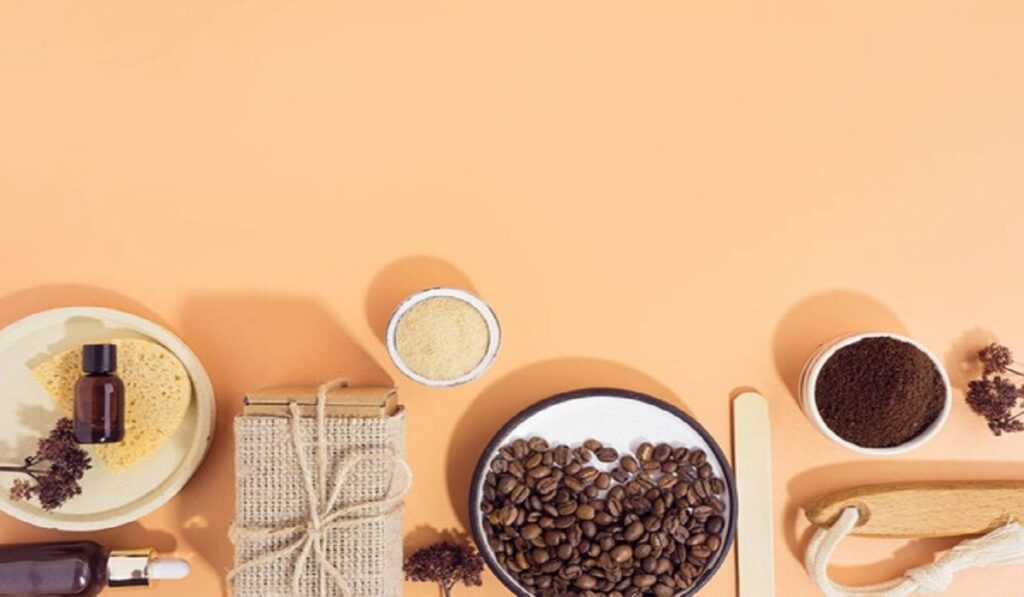
Why Caffeine Is Added to Skin-Care Products?
Caffeine is added to skin-care products for several reasons, as it offers potential benefits for the skin. Here are some of the main reasons why caffeine is incorporated into skin-care formulations:
- Anti-inflammatory properties: Caffeine possesses anti-inflammatory properties that can help soothe and calm the skin. By reducing inflammation, it may alleviate redness, swelling, and irritation, making it beneficial for conditions such as acne, rosacea, and sensitive skin.
- Antioxidant effects: As an antioxidant, caffeine can help protect the skin from damage caused by free radicals. Free radicals are unstable molecules that can lead to oxidative stress, which contributes to premature aging and skin damage. Caffeine’s antioxidant properties help neutralize free radicals, providing a defense mechanism against environmental aggressors like UV radiation and pollution.
- Skin firming and tightening: Caffeine has a temporary firming and tightening effect on the skin. It constricts blood vessels, which can reduce the appearance of puffiness and fine lines. Additionally, caffeine may promote collagen production, a protein crucial for maintaining skin elasticity and firmness.
- Depuffing and reducing dark circles: Caffeine’s ability to constrict blood vessels can help reduce under-eye puffiness and minimize the appearance of dark circles. By promoting better blood circulation and fluid drainage, caffeine refreshes the under-eye area, giving a revitalized look.
- Cellulite reduction: Some studies suggest that caffeine may help reduce the appearance of cellulite. It is believed to stimulate blood flow, break down fat cells, and temporarily tighten the skin, leading to a smoother appearance.
- Energizing and invigorating effect: Caffeine is known for its stimulating properties when consumed orally, and this energy-boosting effect is sometimes translated to skin-care products. Products containing caffeine may provide a revitalizing sensation to the skin, helping to awaken and energize the complexion.
It’s important to note that while caffeine offers these potential benefits, individual results may vary, and the concentration and formulation of caffeine in skin-care products can impact its effectiveness. Additionally, caffeine may not be suitable for everyone, particularly those with caffeine sensitivity or specific skin conditions. Patch testing and consulting with a dermatologist or skincare professional are recommended when incorporating caffeine-based products into your skincare routine.
What are the potential benefits of caffeine skin-care products?
Caffeine skin-care products offer several potential benefits for the skin. Here are some of the main advantages:
- Reduces puffiness: Caffeine has vasoconstrictive properties, meaning it can constrict blood vessels. When applied topically, caffeine can help reduce puffiness and swelling, particularly in the under-eye area. It can minimize the appearance of bags under the eyes and make the skin appear more refreshed and revitalized.
- Diminishes dark circles: Dark circles under the eyes can be caused by various factors, including poor blood circulation and dilated blood vessels. Caffeine’s vasoconstrictive abilities can help improve blood flow and reduce the visibility of dark circles, giving a brighter and more youthful appearance.
- Anti-aging effects: Caffeine is an antioxidant, which means it helps neutralize harmful free radicals that contribute to premature aging. By protecting the skin from oxidative stress, caffeine can help reduce the appearance of fine lines, wrinkles, and other signs of aging, promoting a more youthful complexion.
- Anti-inflammatory properties: Inflammation is a common issue in many skin conditions, such as acne, rosacea, and eczema. Caffeine possesses anti-inflammatory properties that can help calm and soothe irritated skin. It may reduce redness, swelling, and overall skin sensitivity, providing relief for inflammatory skin conditions.
- Firms and tightens the skin: Caffeine has a temporary tightening effect on the skin. When applied topically, it can constrict blood vessels and promote better circulation. This can lead to a firmer appearance and a reduction in the visibility of fine lines and wrinkles.
- Enhances circulation: Topical application of caffeine can stimulate blood flow in the skin. Improved circulation brings more oxygen and nutrients to the skin cells, promoting a healthy complexion and contributing to a more radiant and even skin tone.
- Cellulite reduction: Caffeine is believed to have lipolytic properties, meaning it can help break down fat cells. In skin-care products targeted for cellulite, caffeine is often included due to its potential to reduce the appearance of cellulite by improving blood flow, promoting fat metabolism, and temporarily tightening the skin in the affected areas.
It’s important to note that the effectiveness of caffeine skin-care products can vary depending on factors such as concentration, formulation, and individual skin characteristics. It’s recommended to choose products from reputable brands, perform patch tests, and consult with a dermatologist or skincare professional to determine the best approach for your specific skin concerns.
Are there any downsides to using caffeine in skin care?
While caffeine can offer several benefits when used in skin-care products, there are also some potential downsides to consider:
. Sensitivity and irritation: Some individuals may be sensitive to caffeine or have allergic reactions to it. This can result in skin irritation, redness, itching, or even a rash. It’s essential to perform a patch test before using caffeine-infused products to check for any adverse reactions.
. Drying effect: Caffeine has a diuretic effect, which means it can increase urine production and potentially lead to dehydration. When used in high concentrations or excessively, caffeine can have a drying effect on the skin. This may cause increased dryness, flakiness, or tightness, particularly for individuals with already dry or sensitive skin.
. Sleep disruption: Although not a direct skin-related concern, it’s worth mentioning that caffeine is a stimulant that can affect sleep patterns. If caffeine-containing skin-care products are used in the evening or before bed, it might interfere with sleep quality for some individuals.
. Dependency and tolerance: With regular use, the skin can develop a tolerance to caffeine. Over time, the initial benefits of caffeine may diminish as the skin becomes accustomed to its effects. This can lead to a dependency on caffeine-infused products to achieve the desired results.
. Limited scientific evidence: While caffeine has been studied for its potential benefits in skin care, the scientific evidence supporting its efficacy is still limited. Many studies have been conducted in vitro or on animals, and more research is needed to fully understand the long-term effects and benefits of caffeine on human skin.
It’s important to note that these downsides are not experienced by everyone, and many people can use caffeine-infused skin-care products without any issues. However, if you have sensitive skin, pre-existing skin conditions, or concerns about caffeine’s potential effects, it’s advisable to consult with a dermatologist or skincare professional before incorporating such products into your routine.
What caffeinated skin care products dermatologists love?
Dermatologists often recommend a range of caffeinated skin-care products for their potential benefits. Here are a few examples:
- Eye creams: Caffeine is commonly found in eye creams due to its ability to constrict blood vessels and reduce puffiness and dark circles around the eyes. Dermatologists often recommend caffeine-infused eye creams to help diminish the appearance of under-eye bags and make the eye area look more refreshed.
- Cellulite creams: Caffeine is believed to help improve the appearance of cellulite by increasing blood flow and temporarily tightening the skin. Dermatologists may suggest using caffeinated creams or lotions specifically designed for targeting cellulite-prone areas to help smooth the skin’s appearance.
- Serums and moisturizers: Caffeine can be found in various serums and moisturizers formulated to energize and invigorate the skin. These products often claim to enhance radiance, reduce signs of fatigue, and promote a more revitalized complexion. Dermatologists may recommend caffeine-infused serums and moisturizers for individuals looking to achieve a more refreshed and awake appearance.
- Sunscreens: Some sunscreens incorporate caffeine into their formulas due to its antioxidant properties. Caffeine can potentially help protect the skin against free radical damage caused by UV radiation. Dermatologists may suggest using sunscreen with added caffeine as part of a comprehensive sun protection routine.
- Scalp treatments: Caffeine is also used in some scalp treatments to promote hair growth and combat hair loss. It is believed to stimulate blood flow to the hair follicles and promote healthier hair growth. Dermatologists may recommend caffeinated scalp treatments for individuals experiencing hair thinning or hair loss concerns.
It’s important to note that while dermatologists may recommend these products, individual results can vary. It’s always a good idea to consult with a dermatologist or skin-care professional to determine the most suitable products for your specific skin concerns and needs.


